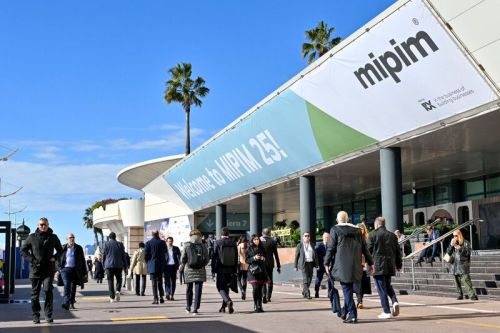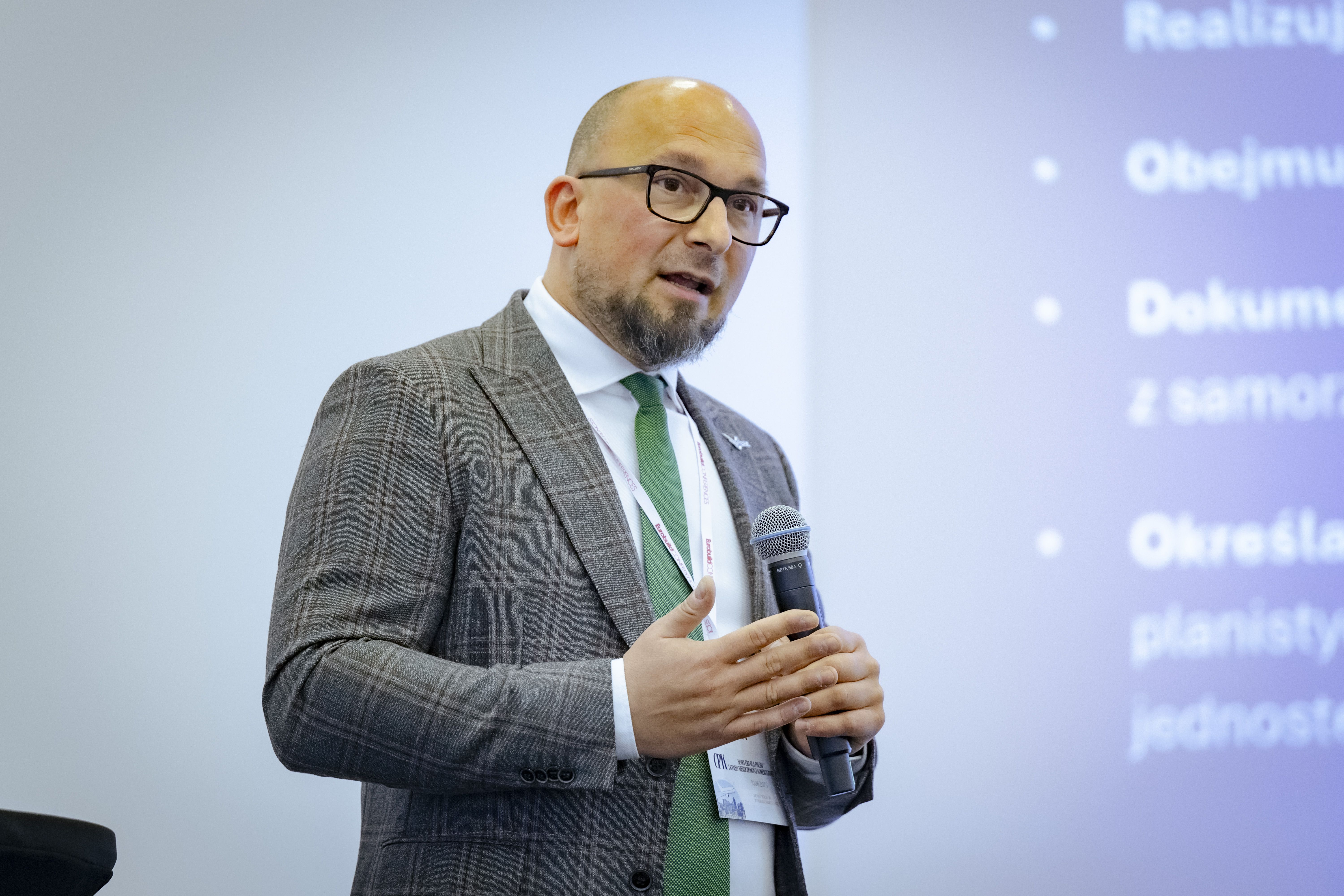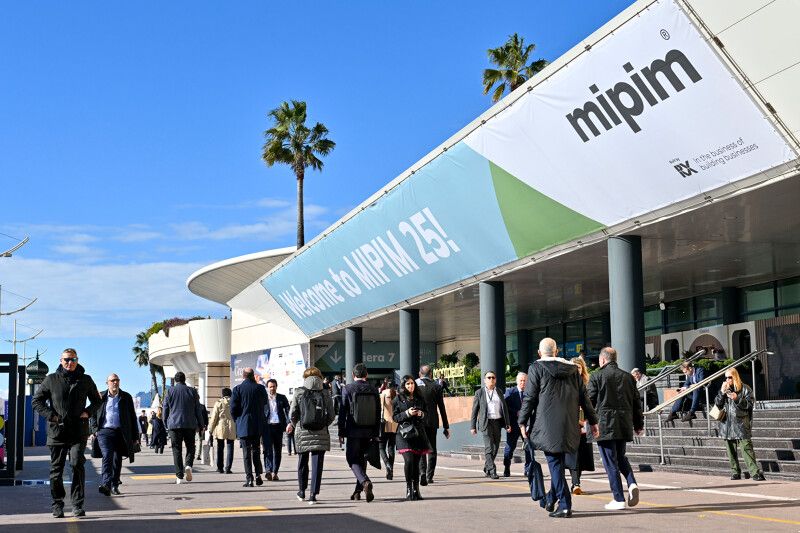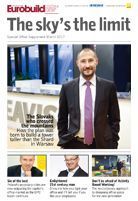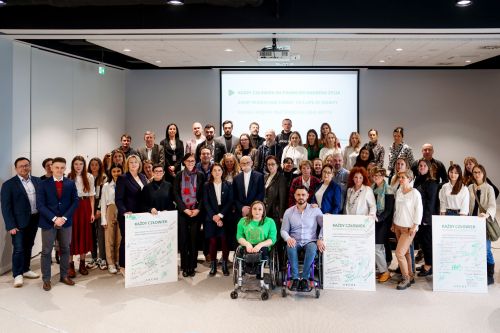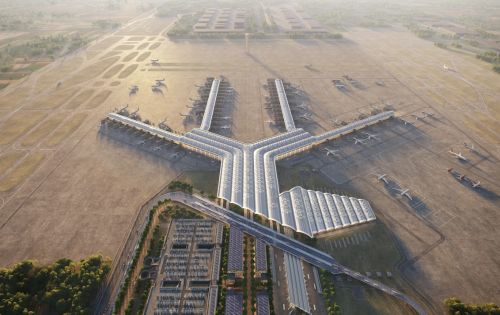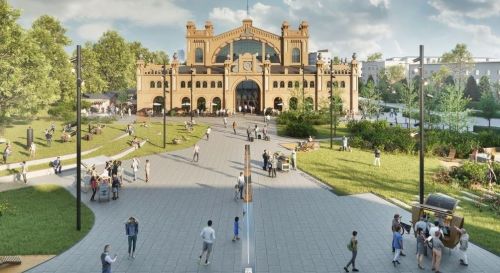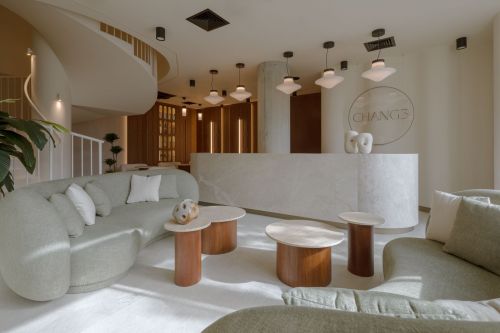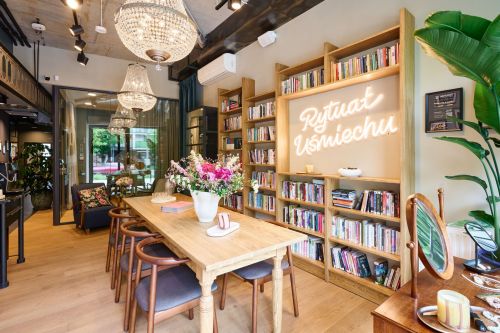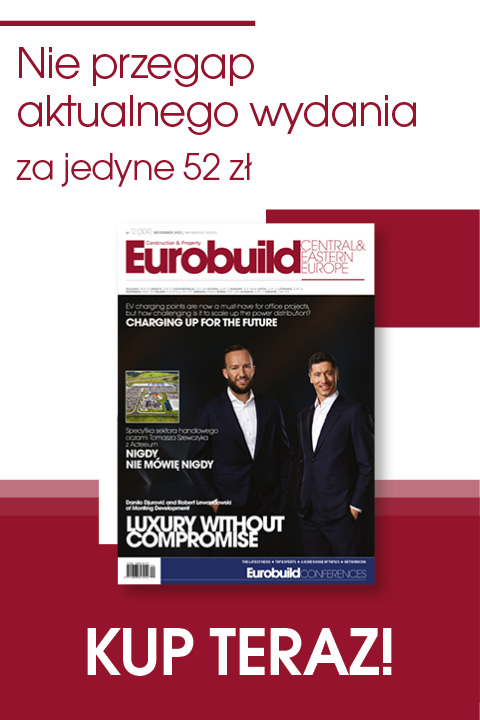Tomasz Cudowski, ‘Eurobuild Central & Eastern Europe’: When did individualising office space for employees become popular?
Bogdan Rogala, Philips CEE Lighting: Quite recently. As little as 2–3 years ago office buildings – even the most modern ones – were standardised and did not differ much from each other. The tenant came and chose space that had already been designed and could only change the location of the desks. Nowadays, so-called branded offices are playing an increasingly important part. They have their identity and specificity and perfectly match the tenants’ needs and the character of their operations.
Where are these changes coming from? Is it all down to younger generations entering the market?
Definitely. The individualisation of space has largely been forced by the job market and the habits of the new generation of employees who are just entering the market. Wanting to acquire the best staff, employers have to offer not only a





